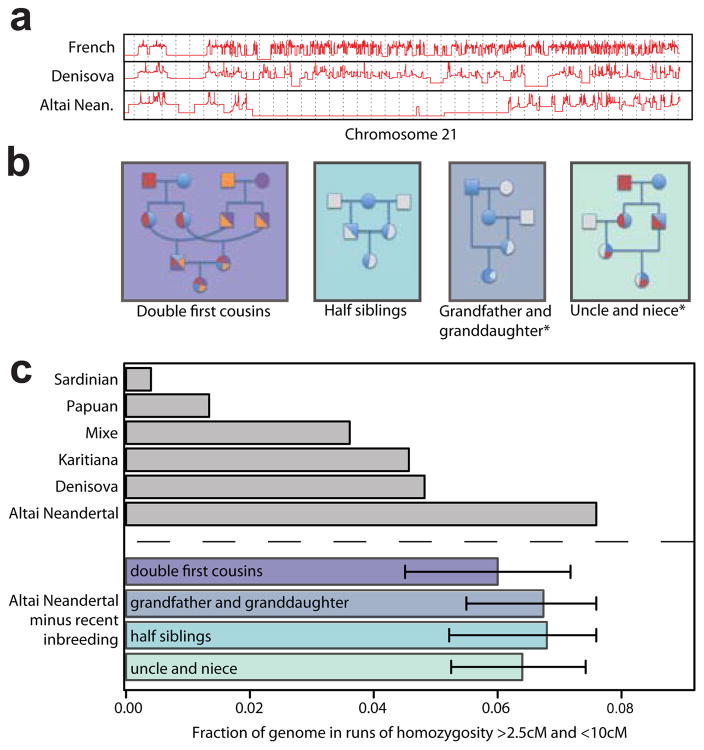Figure 3. Indications of inbreeding in the Altai Neandertal individual.
a, Time since the most recent common ancestor in log-scale for the two alleles of a French, the Denisovan and the Altai Neandertal individual (SI 12) along 40 Mb of chromosome 21. b, Pedigrees showing four possible scenarios of parental relatedness for the Altai Neandertal (i.e. the child at the bottom of each pedigree). Two additional scenarios can be derived by switching the sex of the parents for the panels marked with an asterisk. c, Fraction of the genome in runs of homozygosity between 2.5 and 10cM in length for Altai Neandertal, Denisovan and the three present-day human individuals with the largest fractions (grey bars). The fractions for the Altai Neandertal (bottom four bars) are reduced by the fraction expected from the four inbreeding scenarios in a.

